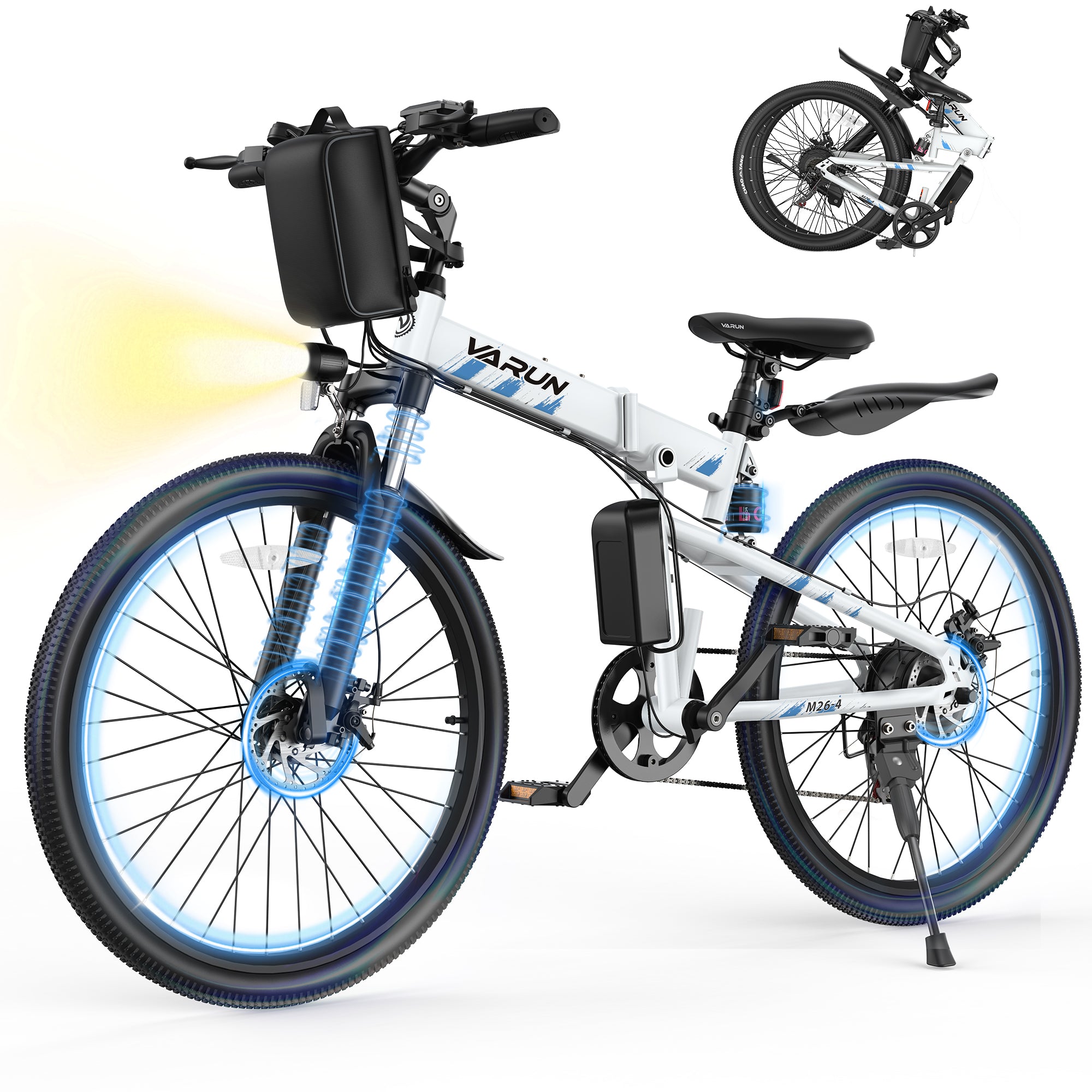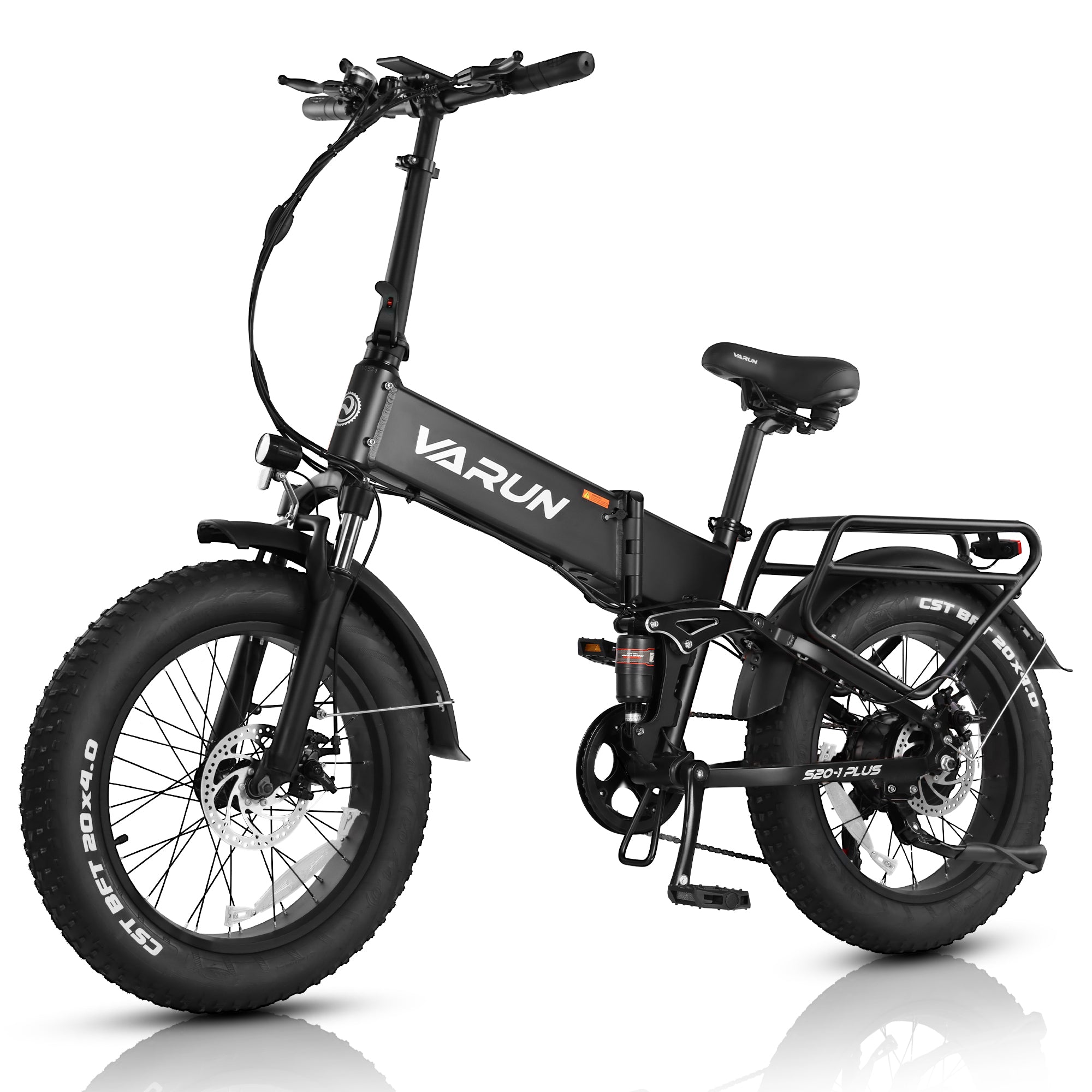Off-road enthusiasts have long debated the merits of electric versus gas-powered dirt bikes. As technology advances, electric models are emerging as formidable contenders in the off-road arena. In this article, we delve into a detailed comparison of electric and gas dirt bikes, highlighting the advantages of electric models and showcasing specific products available on GZrider.
1. Performance & Power Delivery
Off-road E-Bikes: Electric motors provide instant torque, delivering smooth and consistent power from the moment you twist the throttle. This characteristic is especially beneficial for navigating technical trails and steep inclines.
Off-road Gas Bikes: While gas engines can offer higher top speeds, they often exhibit power delivery that requires more skill to manage, particularly in challenging terrains.
Example: The ENGWE M20 boasts a peak power output of 1000W, ensuring robust performance on various terrains.
2. Environmental Impact
Off-road E-Bikes: Operate with zero emissions, contributing to cleaner air and less noise pollution. This makes them ideal for riding in areas with noise restrictions or near wildlife habitats.
Off-road Gas Bikes: Emit exhaust gases and contribute to noise pollution, which can be disruptive in natural settings.
3. Maintenance & Longevity
Off-road E-Bikes: Feature fewer moving parts, leading to reduced maintenance needs. There's no need for oil changes, air filter replacements, or spark plug maintenance.
Off-road Gas Bikes: Require regular maintenance, including oil changes, air filter cleaning, and spark plug replacements.
Example: The ENGWE M20 Electric Bike is designed for durability and low maintenance, ensuring a hassle-free riding experience.
4. Battery Life & Charging
Off-road E-Bikes: Modern electric bikes come with advanced battery systems that offer impressive ranges. Charging times have also improved, with many models reaching full charge in a few hours.
Off-road Gas Bikes: While they don't require charging, they do need regular refueling and can be limited by fuel availability in remote areas.
Example: The ENGWE M1 Electric Bike offers a range of up to 230 km, reducing the need for frequent charging during long rides.
5. Cost of Ownership
Off-road E-Bikes: Generally have a higher upfront cost but lower operating costs over time due to savings on fuel and maintenance.
Off-road Gas Bikes: Lower initial cost but higher ongoing expenses for fuel and maintenance.
Example: The ENGWE M20 Electric Bike provides an economical alternative to gas-powered bikes, with reduced long-term expenses.
6. Riding Experience
Off-road E-Bikes: Offer a quieter and smoother ride, allowing riders to focus more on the terrain and less on engine noise.
Off-road Gas Bikes: Provide a traditional riding experience with the characteristic engine sounds and vibrations.
Conclusion
While both electric and gas Off-road bikes have their merits, electric models are rapidly gaining traction due to their performance, environmental benefits, and lower maintenance requirements. If you're considering an upgrade or entering the world of off-road biking, exploring electric options like the ENGWE M20 Electric Bike or the ENGWE M1 Electric Bike could be a wise choice.






Partager:
Comment fonctionnent les vélos électriques ?
How to Choose the Best Off-road Electric Bike?